'For the first time, I felt I didn't belong': Breaking down the barriers to cycling
From the outside, the world of cycling can be hard to break into - Myles Warwood goes in search of the stories behind the barriers
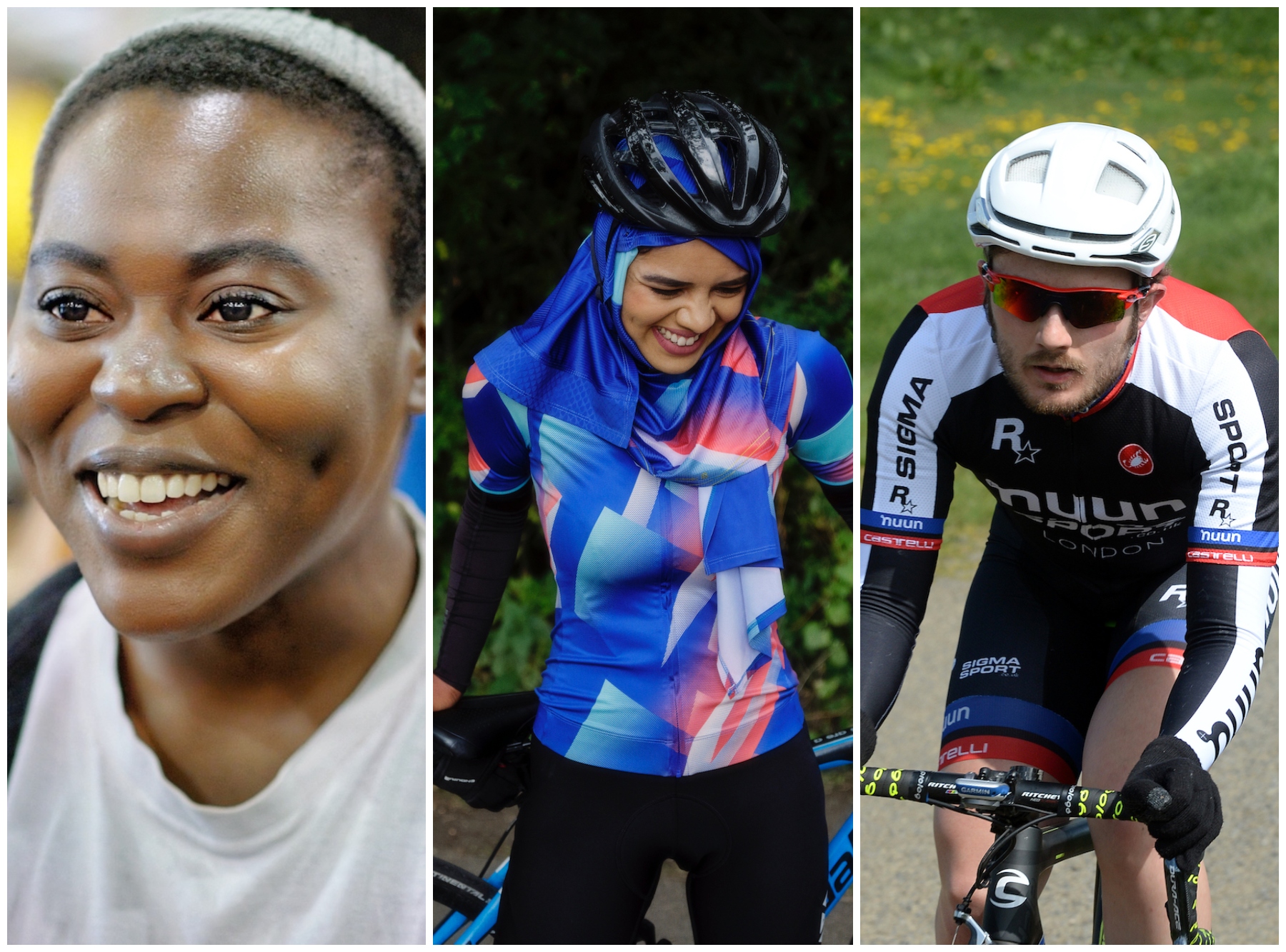
For many of us, riding a bike is as easy as well, y’know...
However, for some, it’s not so easy - not because there isn’t a willingness to ride but because there isn’t someone ‘like me’ riding a bike.
For context, in 2021 Nic Dalamini was the first black South African to ride at the Tour de France (before succumbing to the time cut on stage 15).
It was 2016 the last time there was more than one black rider at the Tour, with a grand total of three black riders, Tsgabu Gramy, Natnael Berhane, and Daniel Teklehaimanot, the 2015 polka dot jersey wearer and still the only black man to wear the coveted king of the mountain’s jersey,.
Beyond Black cyclists, there’s very few if any Indian or Pakistani riders who ever break into the WorldTour, cycling's Premier League. Naveen John is an Indian cyclist who rode a Conti level for State of the Matter MAAP Racing in 2016. Naveen and Arvind Panwar became the first Indians to compete in the UCI Road World Championships in 2016 both competing in the time trial and Arvind finishing better of the two in 55th place.
If we take Team GB’s cycling team going to the Olympics on Tokyo this year, Kye Whyte is the only Black person in the whole team of thirty-five male and female riders, just 2.9 per cent of the cycling team).
If we look at just men, 4.8 per cent of the wider Team GB men’s squad is that of a Black or Minority Ethic (BAME) background. If we look at the England football squad who made it all the way to the Euro 2020 final, 11 of the 26 players are BAME, or 42.31 per cent. The England rugby team, a game born out of public schools, has 11 of the 37 squad who are BAME, or 29.7 per cent. Cycling then, appears to be lagging behind.
Get The Leadout Newsletter
The latest race content, interviews, features, reviews and expert buying guides, direct to your inbox!
By talking to people from across the cycling world, from a range of backgrounds, we wanted to uncover how riders overcome such barriers (and how you can too).
'When you're the sole muslim on a ride...'
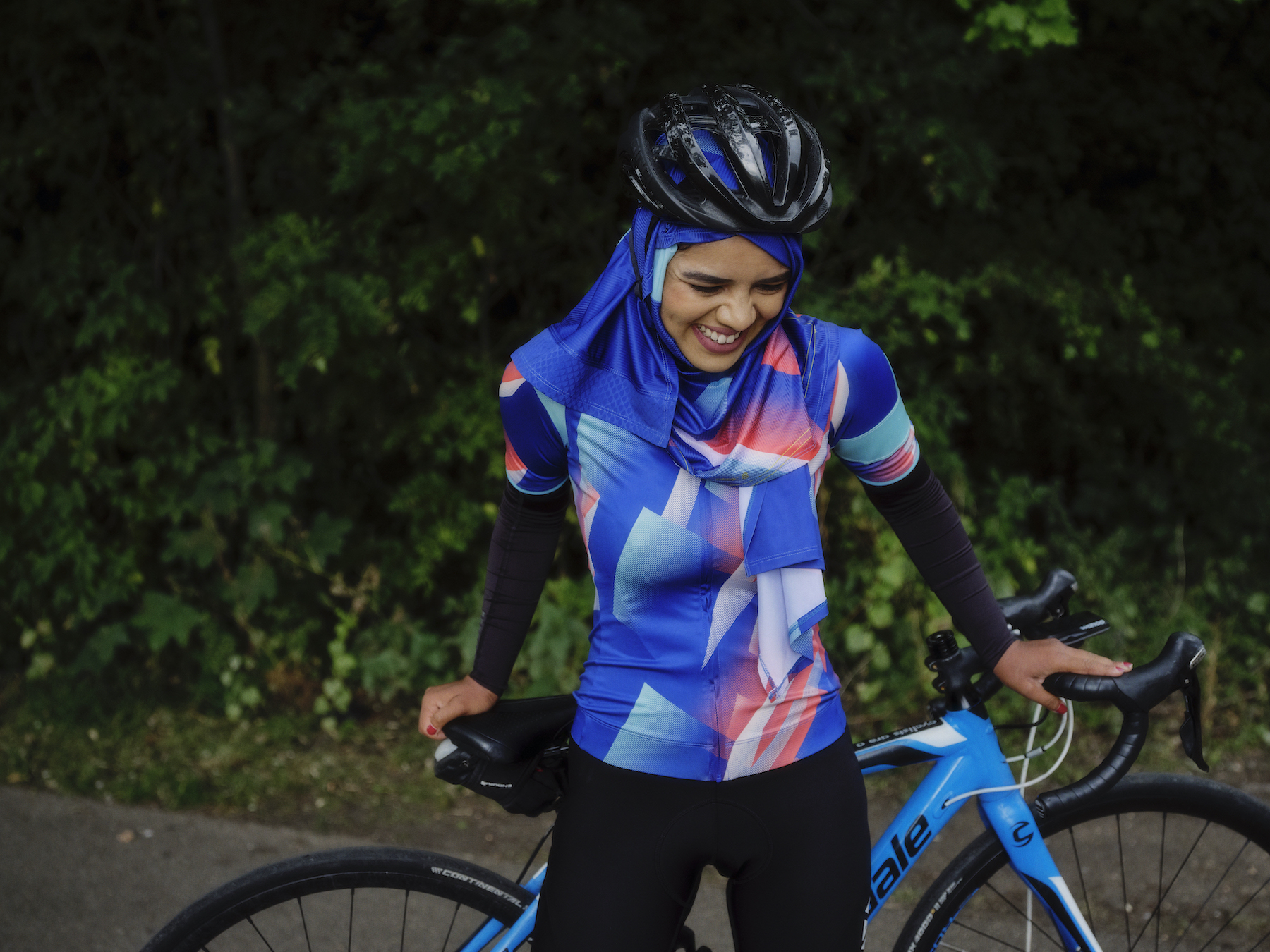
Shuhena Bhanu
Shuhena Bhanu is a lawyer by day but when she gets on the bikes, she confesses to transforming into her alter ego, Lycra Girl.
Growing up Shuhena never had a bike, learning to ride a bike at an age of 19 brought about a sense of not being able to ever achieve a goal of riding a bike, Shuhena, a Muslim lady who wears a Hijab, wanted to learn to ride a bike at university alongside wanting to learn to swim. Cycling, for Shuhena, was frowned upon by her family as it was considered a waste of time.
There is more to be considered for Shuehena though, who is the only person in the world to have a hijab made by Rapha, made especially for the Women’s 100. While a hijab could be a limiting factor, the hijab, like other things to be considered can be overcome. Shuhena, like all Muslim’s, still has to pray during the day and also has to consider her diet.
“When you’re the sole Muslim on the ride there’s other things to consider – praying, food, things like that. Lycra doesn’t hit parameters for Muslim religion – so I take extra clothing for when praying during a longer bike ride. On my longer rides, I remember we rode out to Brighton and I had to pray so my friends went to the beach while I went to the Mosque. Then when I’d finished, they went in the sea, in their lycra, while I watched the bikes. There’s a lot more planning to my rides, where prayer is concerned.”
The summer can pose its own issues with the warmer weather many riders look forward to bib shorts and short sleeves, Muslim women, like Shuhena, to stay within the parameters of their religion still remain covered up.
“A Hijab is a vail or covering – but to stay within the parameters of my religion it’s expected that you cover your whole body. So, in the summer I wear ASSOS Leg Screens, designed for Summer UV Protection. I also have these tights for my arms, they’re unbranded and came from China, I don’t really know what they are, but they are really good.”
Shuhena has shown and continues to show that religion shouldn’t be a reason why you don’t go out and ride.
Cycling as therapy
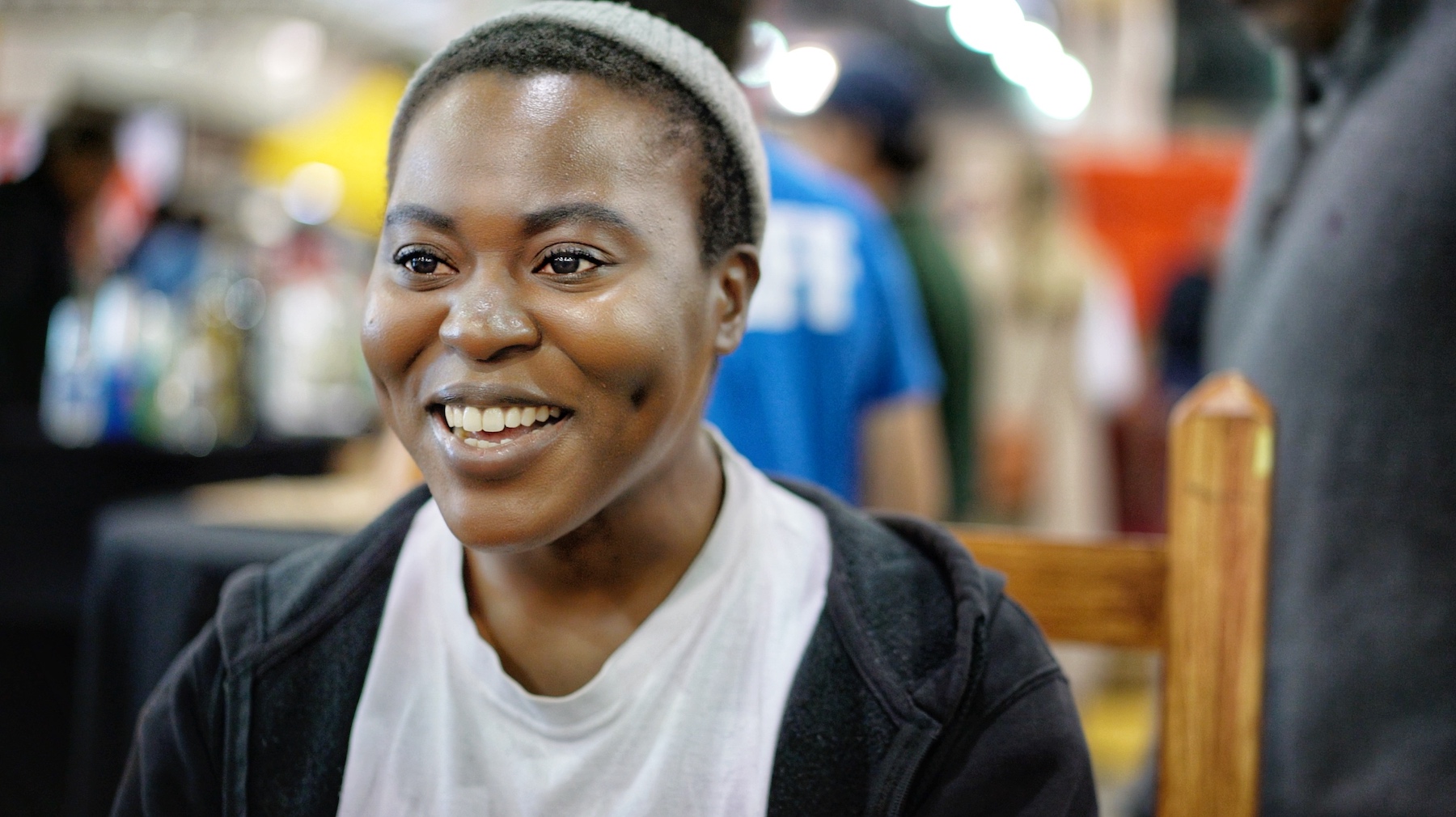
Funmi Adebayo
Funmi Adebayo, of British Nigerian decent, has been on an incredible journey riding their bike all over America. Starting her epic bike tour from Toronto she rode on to Boston then finishing in Atlanta.
Funmi is not your typical bike rider, not racing road bikes or being lycra clad turning up to club meets, they found escape through cycling as riding the bike uses both your left and right hemispheres of your brain it helps Funmi combat their Complex PTSD. Complex PTSD is similar to Post-traumatic Stress Disorder with the addition of symptoms such as anger, distrust, difficulty controlling your emotions and other mental health difficulties.
This challenge to ride across America wasn’t planned for years in the making but something Funmi wanted to do. She packed her bike and set off buying a one-way ticket to Toronto. With minimum kit and not knowing the roads or even the most direct route, this wasn’t some point proving mission but more of an internal journey which Funmi wanted to achieve. Her incredible journey across America shows that if anyone can ride a bike, no matter how far, that you can. Being a black non-binary person, Funmi can inspire many in showing that no matter what, no matter the environment or your ability, there is a place for you in cycling.
“I hope my journey dispels this myth that you can’t do journeys like this, if more Black women feel like they can do this then there will be more of us to do it. I’ve not been putting pressure on myself to do this trip for performance purposes, there’s not many Black women who tour bikes and I’d like to get the message out there that it is possible.”
More than skin colour: 'For the first time, I felt I didn't belong'
Diversity though, doesn’t just mean the colour of your skin, there’s many things which count towards increasing diversity levels in sport.
Symon Lewis, former tech editor of Cycling Weekly seemingly fits well in to cycling, being a white male. That’s not always been the case, though. Growing up on a council estate in Peckham, Symon didn’t come from a cycling family, he had gone to a multicultural school and mixed with people from all walks of life form an early age. Turning up to Herne Hill Velodrome, with his dad, at the age of 10 was the first insight Symon had as to what it felt like to be an outsider.
Lewis found cycling by chance “I remember watching the 2000 Sydney Olympics with my dad and I think it was Jason Queally going around the track, my dad said to me that there’s a velodrome near us and asked if I wanted to give it a go, I thought ‘why not’. When we turned up, me in my track suit, I felt, for the first time, I didn’t belong”
It was Russell Williams, a man who himself was shunned by British Cycling despite being a multiple National Champion, who took Symon Lewis under his wing, maybe seeing something of himself in Symon. A powerful sprinter on the track and road, Williams was never selected for any Olympic cycle for Team GB, if it were based on talent alone Russell should have gone to the Olympics. Russell was always there for Symon, always encouraging him and pushing him, Symon then went on to repay that trust when in 2015 he became Junior National Champion.
Lewis goes on to say “If there’s one thing which get’s to me it’s the hashtag #outsideisfree outside isn’t free, you have to buy the bike, the clothes, the shoes, etc. Kids growing up on the estates I grew up on, they can’t afford all that. Outside isn’t free at all but we should work hard in making it much more accessible to everyone.”
>>> Why is the peloton hiding its true colours?
If there are no role models for people like me, or Shuhena, Symon or Funmi to follow then where does that leave the sport of cycling?
The accounts which have been told in this article show that cycling is accessible to everyone and it seems as if there are movements to make things happen to open cycling up more and get more people of colour and from different backgrounds in to cycling. These actions cannot just stop here, the sport needs diverse role models to bring through a wider base of talent, making the sport richer for it in the process.

Thank you for reading 20 articles this month* Join now for unlimited access
Enjoy your first month for just £1 / $1 / €1
*Read 5 free articles per month without a subscription

Join now for unlimited access
Try first month for just £1 / $1 / €1
Myles Warwood is a cycling journalist, automotive journalist and videographer. He writes for Cycling Weekly, Cyclist and Car magazine.
-
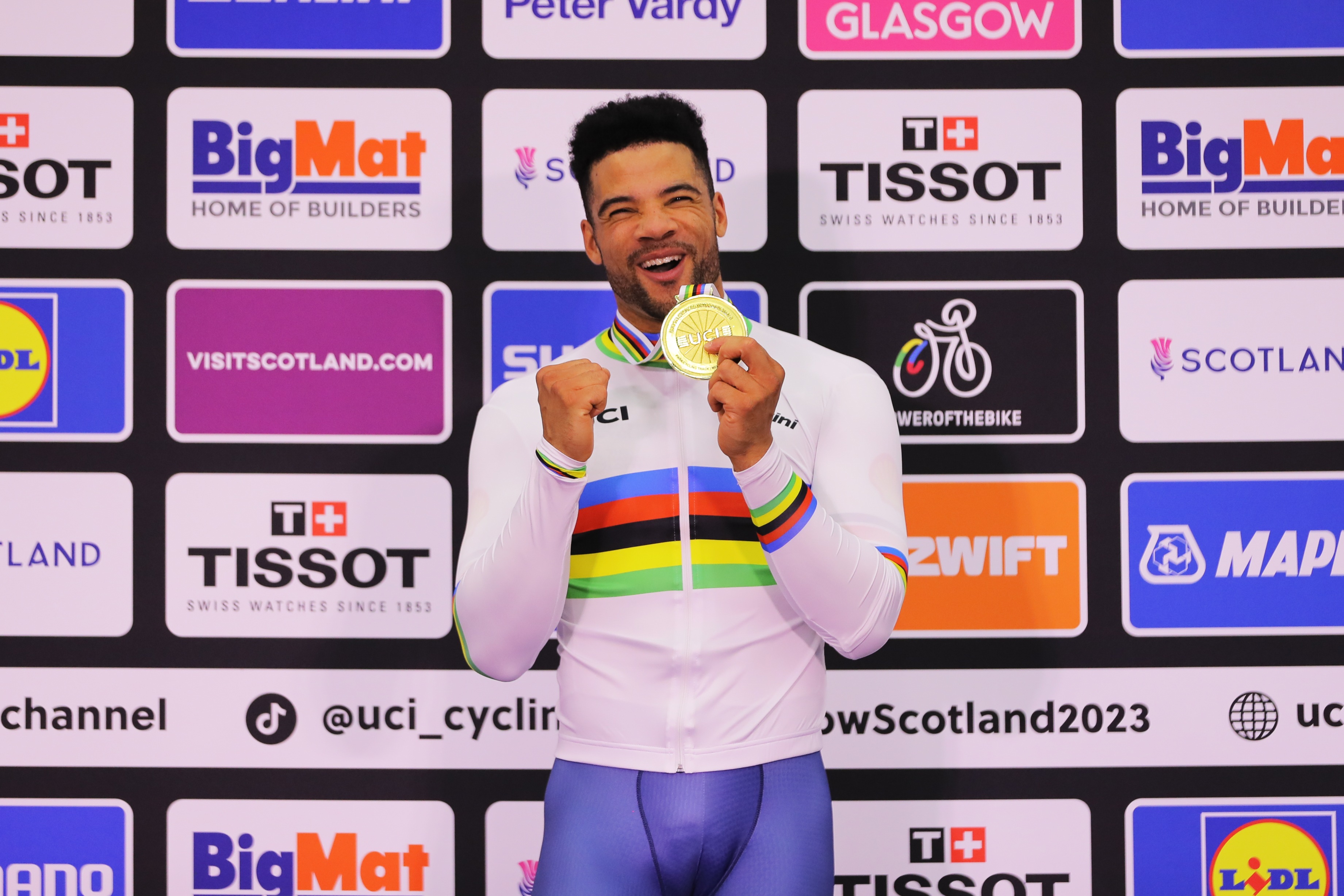 'Alive and well' - decorated Paralympian found after gone missing in Vegas
'Alive and well' - decorated Paralympian found after gone missing in VegasSam Ruddock hadn't been heard from in 11 days, but has now been located
By Tom Davidson
-
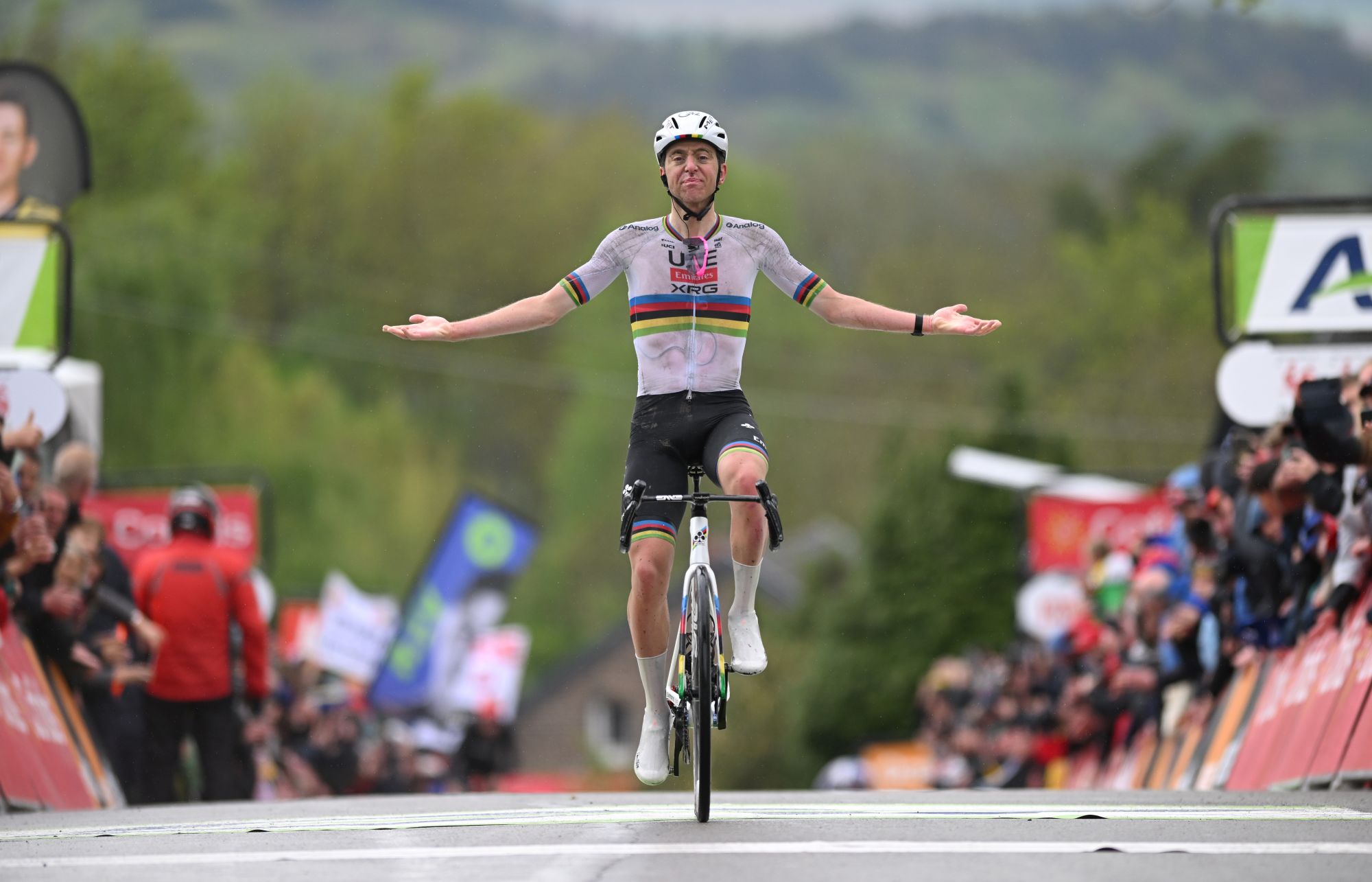 Tadej Pogačar was dominant at Liège-Bastogne-Liège, but I hope for a competitive Tour de France
Tadej Pogačar was dominant at Liège-Bastogne-Liège, but I hope for a competitive Tour de FranceThe Slovenian has finished on the podium of the last six Monuments, the first man to do so - when will he stop dominating?
By Tom Thewlis